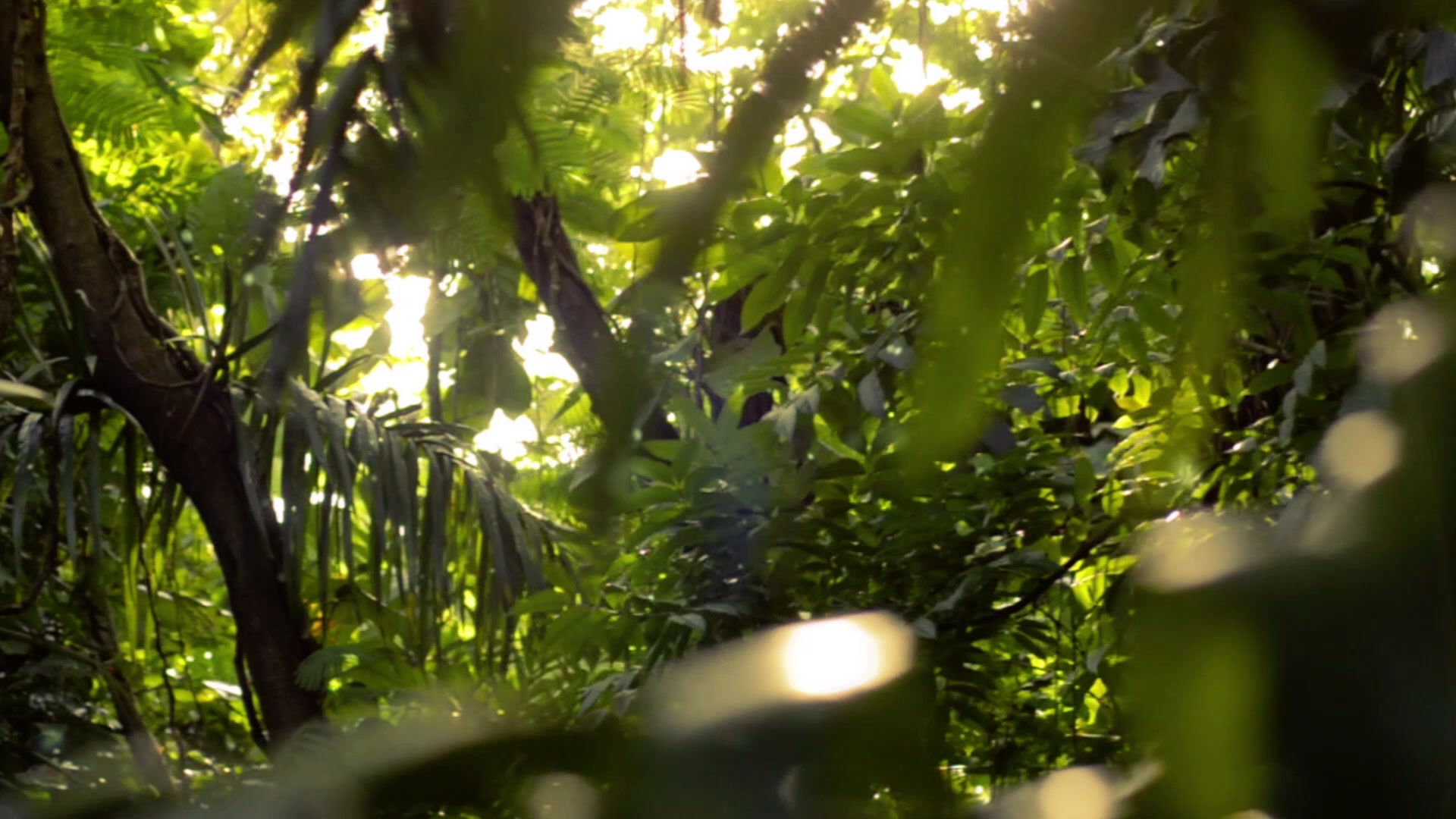





Estacion Biologica El Zota, Costa Rica
The El Zota Biological Field Station in Costa Rica Station is a tropical wet forest site comprised of 2400 acres of primary, and secondary forest. The station is home to a diverse number of species native to the country. In addition, it seasonally hosts hundreds of migratory birds from all over the world. It is located in Northeastern Costa Rica (10° 33' 26.21", -83° 44' 10.61") and is quite close to Tortuguero National Park and the Barra del Colorado Wildlife Refuge.
El Zota is truly a wonderful place to learn about tropical flora and fauna. It is not unusual for everyone to see small cats like jaguarondis, or have a tapir run across the road in front of them. Great Green Macaws usually show up for a week or two in the summer - this is a treat as there are only a couple hundred nesting pairs left in the whole country. El Zota has its share of herpetofauna as well; students commonly see two of the three species of poison dart frog on each excursion into the forest.
But El Zota is not just a forest; the research station is very nice with dormitory style or single rooms. Each dorm has its own bathroom and toilet area. The single rooms share facilities just down the hall. So, there is no wandering around at night looking for a bathroom here! Facilities include a dining hall, lecture hall, laboratory, and a little store. The store sells basic toiletries, and snacks. There is a wonderful covered dance floor where Israel Mesen teaches students salsa and merengue. In addition, we recently got a pool table from the owner Hiner Ramirez, which makes for lots of late night fun.

Tortuguero, Costa Rica
TREE excursions to Tortuguero, Costa Rica involve study, research and fun! Tortuguero is located in the Northeast of the country on the Caribbean coast. The entire area is dominated by spectacular inland waterways running north into Nicaragua and south towards the Panamanian border. Bordering these waterways are patches of wet tropical lowland forest as well as pristine beach. The forested areas are rich in both wildlife and impressive plant species. Tortuguero's miles of beach are home to the largest sea turtle nesting ground on this coastline. At the Barra del Colorado National Wildlife Refuge, huge numbers of marine turtles of various species lay their eggs. Interestingly enough, in recent years biologists have found large numbers of jaguars patrolling the beaches, distributing themselves around a favorite food - sea turtles. The area is also rich in birdlife with great green macaws being visiting often. The forested areas boast large numbers of monkeys as well; with capuchins, spider monkeys and howler monkeys being visible a lot of the time. TREE arranges for accomodations in Cana Palma a lovely area right nearby. We rent a house or stay in a small hotel - right on the beach - it's not all work when we are here!
There are lots of fun-in-the-sun activities planned from zip-lining to sea turtle observation. In addition, everyone loves early morning boat tours of the amazing canal system. And as for work... students in the primate class census monkeys from kayaks - this is super unusual and fun to boot!

Bocas Del Toro, Panama
Bocas Del Toro is an amazing archipelago located off the northwest coast of Panama. Each island is it’s own unique habitat; making the study of evolutionary questions ideal. TREE Field Studies has run a Primate Behavior and Ecology course at this site. The area is spectacular; combining rainforest with island habitat. A growing tourist trade makes the islands easily accessible; and at the same time fragile. While the future of these pristine areas are in question, TREE Field Studies believes that study here, particularly in terms of conservation, will be vital.
TREE Field Studies has worked with The Institute for Tropical Ecology and Conservation (ITEC) which has recently built a brand new field station on Bocas del Toro. For more information about this site, please contact Israel Mesen Rubi.

Reserve Curu, Costa Rica
Curu National Wildlife Refuge is a private coastal reserve located on Costa Rica's Nicoya Peninsula. The reserve itself is bordered to the West by beach and bay. The area is rich in the flora and fauna native to the region; despite being quite close to a fairly large town. Visitors see many habituated monkeys when visiting this reserve, and since the forest canopy is relatively low, detailed study of behavior is easy to accomplish.
In addition, there are a variety of birds, as well as amphibian and reptile species, both in the forest areas and in the marine environment. A large river runs through the property and empties into the bay via an impressive estuary. Along the river area, mangrove swamp grows in abundance offering a rich habitat for large numbers of a variety of birds, fish, reptiles, amphibians and mammals.
Excursions by boat to a small island just off of the beach are part of the trip. Here, semi-wild collared peccaries roam freely on the beach and students can lounge on the sand or swim in the calm warm waters.






